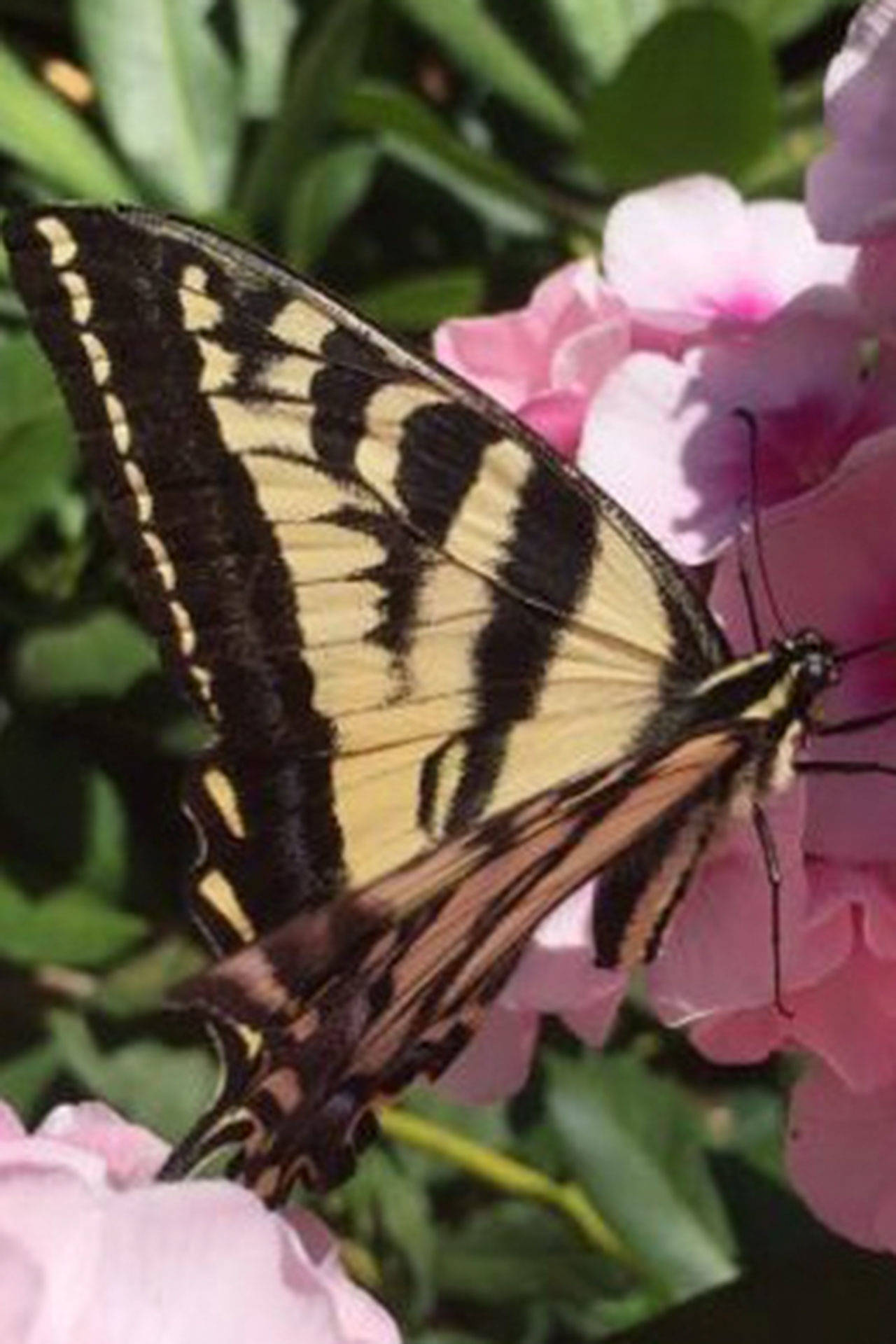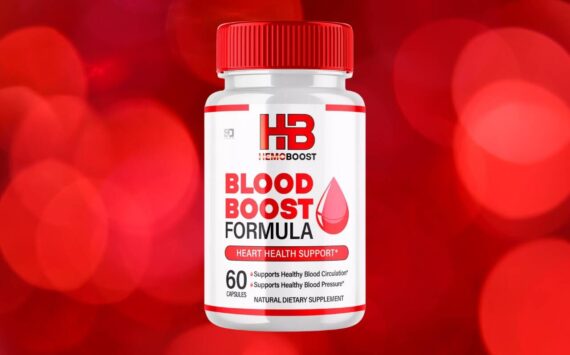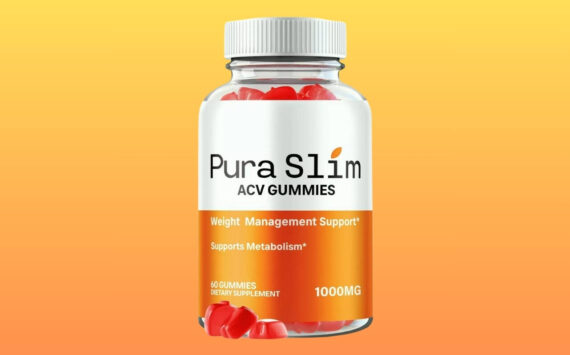By Steve Smith
July is a very busy month for me in my garden, and it should be for you as well. This is the month I like to put the finishing touches on everything, so all I have to do for the rest of the summer is water and enjoy the fruits of my labor. Here are some things we should all be focused on…
PLANTING: This is always at the top of my list, although I tend to run out of room by July. Growers have lots of new crops ready and are shipping them weekly. Somehow I can always find room for one more plant.
FEEDING: This is so critical for annuals, perennials, and vegetables – maybe not so much for shrubs and trees assuming they are established and were fed back in the spring. When it comes to annuals, especially if they are in containers, it is hard to beat a soluble fertilizer like Sea Grow (we call it “crack” for plants here at the nursery). For plants in the ground, I still prefer the organics because they have microbes and humic acid added to them, both of which improve the overall long-term health of the soil.
PRUNING: Early July is really the last time to do any significant pruning until fall, so don’t miss the opportunity to trim up the hedges, thin out the fruit trees and cut back any bloomed out perennials. Some perennials, like delphiniums, will re-bloom in the fall if cut back right after they finish blooming. Keep your annuals deadheaded and fertilized, and they will continue to bloom all summer.
STAKING: I like to think that if I plant enough plants close together they will hold each other up, but it doesn’t always work. All it takes is one windy and wet day to knock everything flat. You can buy all sorts of contraptions to help hold them up. Get them installed before the calamity strikes because you know it will sooner or later. INSECTS AND DISEASES: Watch for damage and only spray when you know what you are dealing with. Most insect issues can be tolerated without any serious consequences. Slugs can get enormous by July and eat an incredible amount of foliage in one evening. Spray a little water over the garden around 8 p.m., and the slugs will magically appear at which time you can use whatever preferred technique you like to do them in. For mildew on shrubs and trees, the best strategy is to prune out diseased branches and fertilize. For roses, perennials, annuals and veggies it is best to apply a fungicide as a preventative. WATERING: I wrote about it last week, but its importance is worth reviewing at www.marysvilleglobe.com.
POLLINATORS: Attracting bees and other pollinators has become a top priority for all gardeners. Don’t worry too much about what kinds of flowering plants you need, just make sure you have lots of flowers in your garden, and the pollinators will come. We can all work together to help these valuable creatures by using pesticides sparingly and wisely and incorporating into our gardens a diversity of plants that bloom when pollinators are active. If you stay on top of these chores you should be able to enjoy your garden for the next two months with minimum effort.
Steve Smith is the owner of Sunnyside Nursery in Marysville and can be reached at info@sunnysidenursery.net








